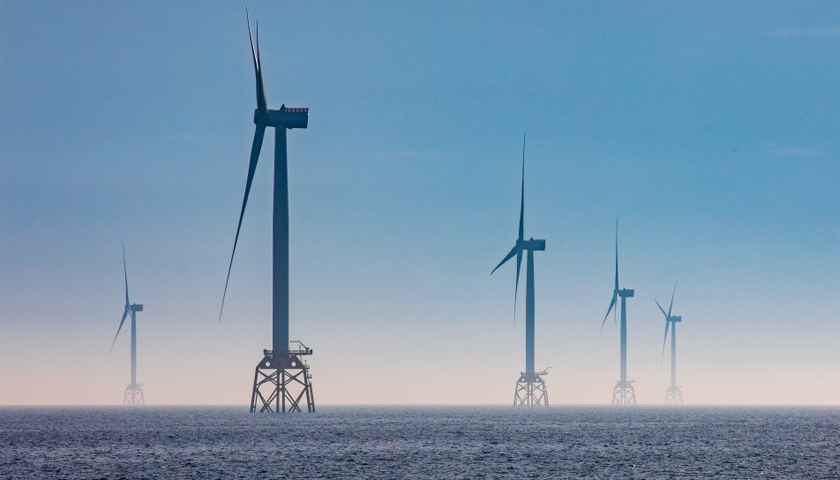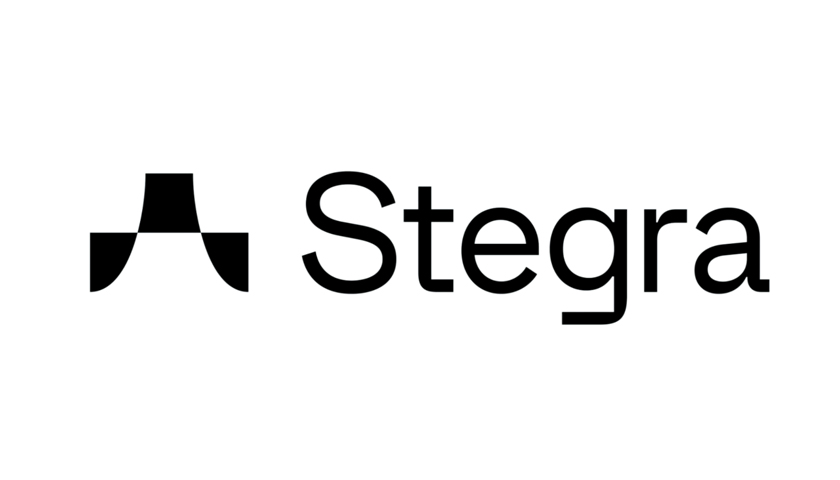The way windfarms are built could be changed forever by a new project that uses real-time data to understand the effect turbines have on local wildlife and ecosystems.
SSE Renewables, Microsoft and Avanade are working together to create Azure Digital Twins of offshore windfarms and their local environment, which they hope will encourage the sector to develop renewable energy solutions that have a positive impact on ecosystems. A digital twin is an exact replica of an object in the physical world that can be studied and changed to help improve the real-life version.
Avanade will work with SSE Renewables to deploy Microsoft’s technology and monitor changes in the atmosphere, reefs and marine and bird life around windfarms. The huge amount of data from monitoring devices will be stored in Microsoft’s Azure cloud platform. It will be used to build a digital replica of sites that can be viewed on mobile devices and headsets to help SSE Renewables understand how a development is affecting an area in real-time, in addition to monitoring the ecosystem through the lifecycle of the windfarm to minimise any negative impact.
Currently, energy companies rely on manual ways of collecting data on how windfarms affect local environments, including sending divers into the sea to count fish, which can be inaccurate and quickly become out of date. By using Azure IoT to automate this process, SSE Renewables hopes companies will be able to understand the full impact of new turbines before they are built to ensure they don’t harm the local environment. It could also expand humans’ understanding of how the ecological, environmental and infrastructural worlds interact.
There are plans to deploy the technology on an offshore wind project in the Dutch North Sea first, to support achievement of the Dutch government’s offshore wind targets, before rolling it out globally in the future.
Dennis Breugelmans, Director of Development for International Markets at SSE Renewables, said this was the first time such a proposal had been launched.
“We will be using things like radar, lidar, motion sensors, satellites and drones to build an accurate, real-time view of a windfarm area,” he said. “It will enable us to see what’s working and what isn’t. For example, if we put an artificial reef on the sea floor and fish colonise it, then we can keep it. If the fish stay away, we can take the reef out and try something else. At the moment, windfarm developers are guessing whether these things work. This project will help us know whether they work.”
During its construction, operation and eventual decommissioning, SSE Renewables wants to gather insights into the behaviour of birds, bats, marine species and sea organisms; artificial reefs and habitats; the effects of construction methods on the ecosystem; the weather; sea water; and how species interact in the air, sea and on the seabed.
Crucially, all the data that SSE Renewables collects from windfarms will be shared with marine researchers, industry and the public. It can then be used to inform future windfarm projects and developments that affect wildlife in other sectors, support environmental research and help people better understand sustainability initiatives.
Musidora Jorgensen, Chief Sustainability Officer at Microsoft UK, said: “As the world moves towards a more sustainable future, it’s critical that organisations and businesses measure the impact their environmental initiatives have on local ecosystems. Using IoT devices in combination with the Microsoft Cloud lets you capture huge amounts of data that can guide environmental projects, ensuring they achieve their goals while remaining as eco-friendly as possible.”
Simon Turner, Chief Technology Officer for Data and AI at Avanade, said: “This project has presented us with a unique opportunity to collect unprecedented amounts of data in unique and innovative ways but to also build a digital twin replica of the environment that will help us model cause and effect in a very transparent way. Here, at Avanade, we have been able to partner with SSE to bring a unique approach to the way technology can be leveraged to support the project goals.”
It is the latest example of digital twins being used to gather insights on complex parts of the world. Shanghai and Singapore both have digital replicas, which help local leaders improve the design and operations of buildings, transport systems and streets. The technology is also being used in motorsport and by delivery, healthcare and consumer goods companies to understand more about their products and improve designs.
SSE Renewables’ windfarm proposal is the latest step in a commitment between the company, Avanade and Microsoft to help drive sustainability in the global energy sector. SSE Renewables has previously used the Microsoft Azure cloud to understand how a colony of puffins was being impacted by nearby windfarms. A live trial has been completed on the Isle of May, off the coast of Scotland, which saw puffins being counted using AI technology, replacing the need for manual counting and looking at speed and accuracy. It proved that the technology could be used in this environment and will help form the development of the digital twin.




